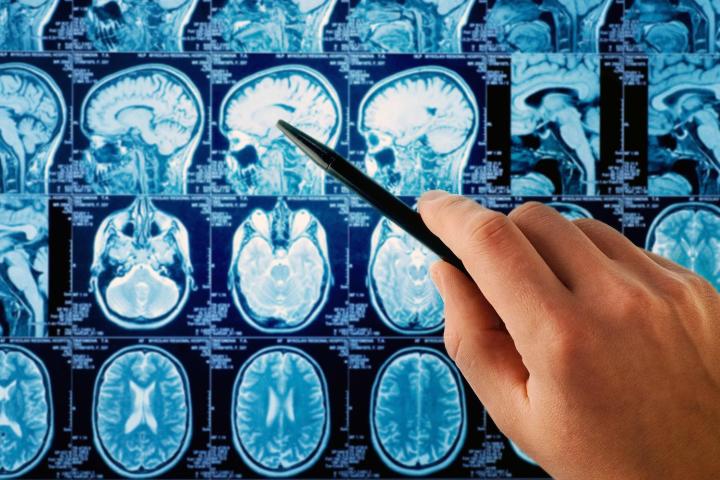
But a new computer model created by researchers has resulted in a fresh way to map cancer progression: possibly offering valuable life-saving insights as a result.
Study co-author Bud Mishra, professor at the Courant Institute of Mathematical Sciences of New York University, tells Digital Trends that existing cancer pathway models were inadequate for predicting how a tumor would metastasize. “We built our models based on model checking and probabilistic causation, which we had developed earlier in the context of hardware verification and data science,” he says.
Along with his co-author, biological machine learning expert Giulio Caravagna, what the pair’s model presents is a complex modeling system, called Pipeline for Cancer Inference — a.k.a. the cheerful-sounding PiCnIc. This modeling system uses gene sequencing data to form predictions about the conditions under which tumors grow. These includes oxygen and its lack thereof in the tumor environment, cell mobility, and immune response. All are taken into account by PiCnIc as it predicts how the tumor’s genomes will change over time. The model’s accuracy was tested against existing data about the growth of colorectal cancer, and passed with flying colors.
“Our algorithms have shown to achieve high accuracy, even in the presence of noise in the data, and with limited sample sizes,” Giulio Caravagna tells Digital Trends.
He says that the next step of the work is to develop techniques to deal with liquid biopsies and immunotherapy, drug resistance and the like.
“The field is moving towards an era of personalized medicine, in which treatments are tailored to individual patients based on their predicted response or risk of a disease,” Bud Mishra concludes. “Progression models have translational relevance, as they might allow to better predict tumor evolution, response to therapy, and identify markers for early diagnosis.”
In other words, when it comes to patient-driven healthcare, data science (and some very smart algorithms!) is your friend.
Editors' Recommendations
- Minority Report for poachers: Can predictive algorithms prevent wildlife crime?
- This A.I.-powered app can spot skin cancer with 95 percent accuracy


